Digital Badges
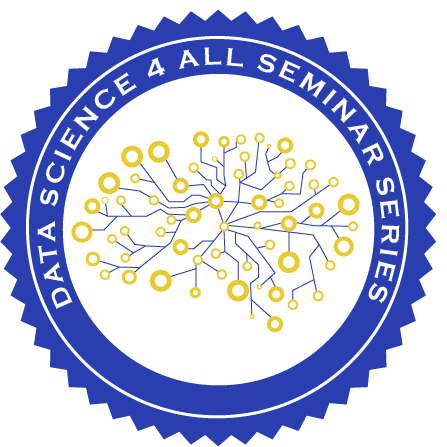
What are Digital Badges?
Each seminar in the Data Science for All series includes an optional, no cost, post-seminar quiz to demonstrate the skills you have learned and earn a digital badge that can be posted on your LinkedIn profile to show future employers the additional skills you are learning outside of the classroom
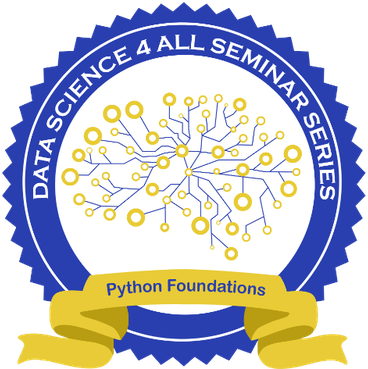
Python Foundations
- Describe the Python programming environment
- Use Spyder to execute and modify Python programs
- Interpret, modify and create basic programs in Python
- Read and write simple text files
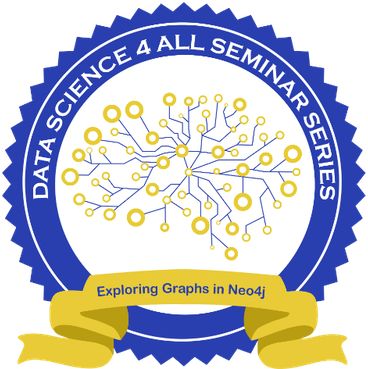
Exploring Relationships in Graphs
- Understand the node and edge structure of a graph schema
- Basics of the Cypher query language working with paths and properties
- Loading nodes and edges from a file, constraints, indexes, and merge
- Multi-path queries using aggregation, filtering, and composing queries using WITH clauses
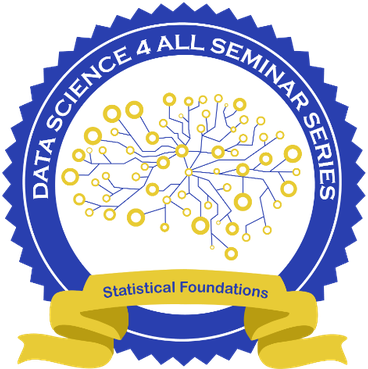
Statistical Foundations
- Exploratory data analysis using Python libraries such as Numpy and Pandas and Jupyter Notebook
- Basic probability theory, Bayes Theorem, the Central Limit Theorem, mean, median, mode, and standard deviation
- Problem solving using Binomial and Normal distribution
- Data visualization using Matplotlib and Seaborn
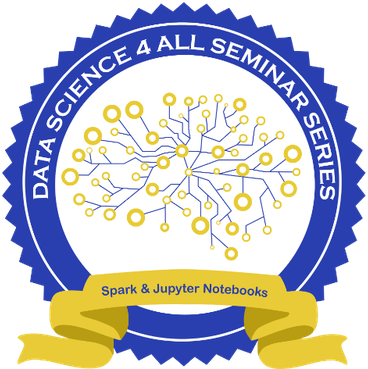
Spark and Jupyter Notebooks
- Creating and working with DataFrames and temporary views in Apache Spark
- Understand the importance of documenting their work and using markdown in Jupyter notebooks
- Basic PySpark and Spark SQL queries using DataFrames
- Visualizing DataFrames as bar, line, and area charts
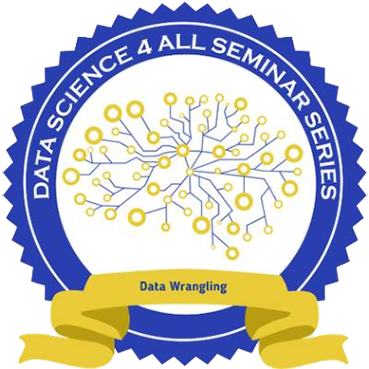
Data Wrangling
- Listing different sources of data and data classifications
- Describing the data science system and data wrangling
- Interpreting, modifying and creating basic Python programs to wrangle data using Pandas in Jupyter notebooks in Google Colaboratory
- Receiving data input from the keyboard and from text files, and outputting data to the screen and to text files
- Using Pandas’ data frames to identify and correct simple data anomalies
- Using Pandas to wrangle data from Spotify
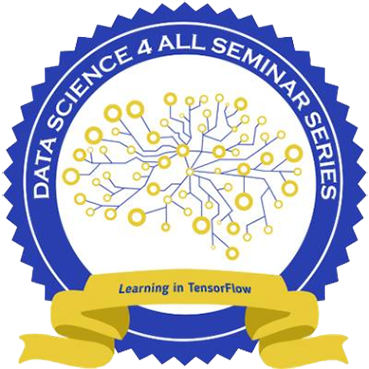
Learning in TensorFlow
- Defining machine learning
- Describing the history of TensorFlow and keras
- Interpreting a basic program in Jupyter notebooks for the classic machine learning example of classifying hand-written digits
- Loading the MNIST dataset
- Exploring the MNIST dataset
- Preparing the MNIST dataset
- Creating a machine learning model to classify hand-written digits
- Reporting the accuracy of the model
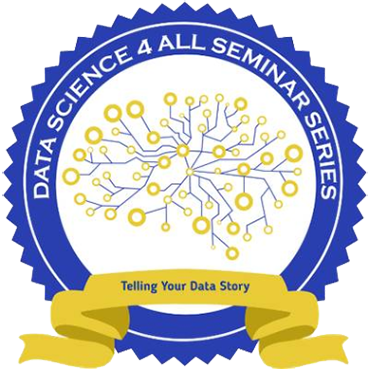
Telling Your Data Story Using Tableau
- Importing data and adjusting data types, dimensions, and measures
- Creating charts, including line, area, bar, 100% stacked bar, box plots, and maps
- Filtering data, using the Marks Card, setting analysis options, and creating animations
- Creating parameters, sets, calculated fields, and level of detail (LOD) calculations
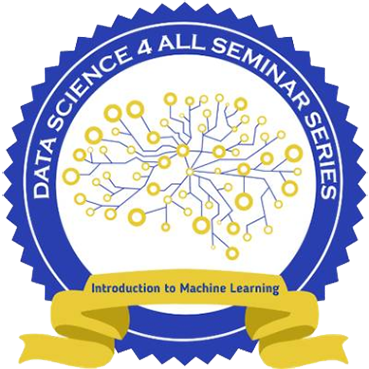
Introduction to Machine Learning for Data Science
- Understand various machine learning techniques and their applications, analyze regression, and classification problems
- Supervised learning, linear regression analysis using Python libraries - Numpy, Pandas, Sklearn
- Unsupervised learning, solving classification problems using K-Means clustering in Python
- Analyze the accuracy of machine learning models using commonly used loss functions